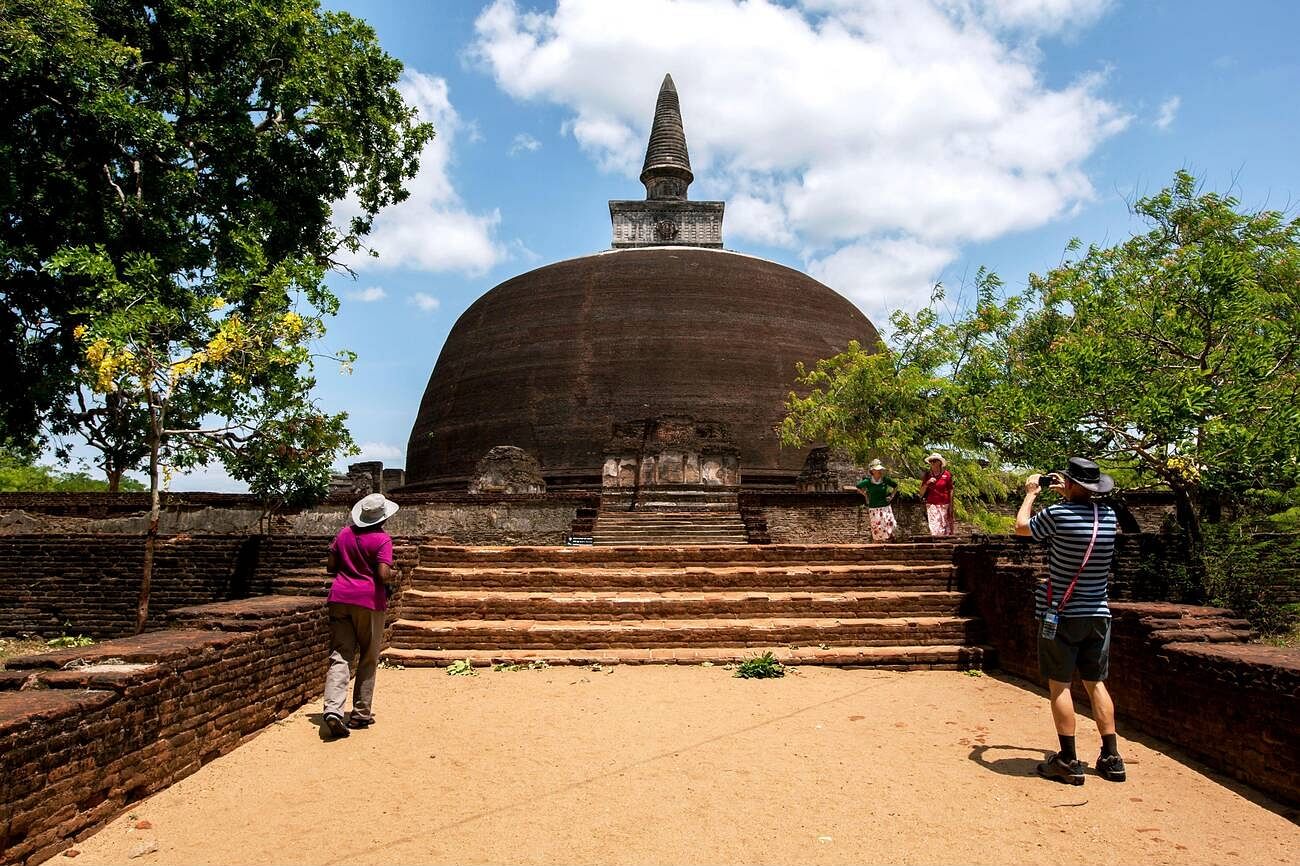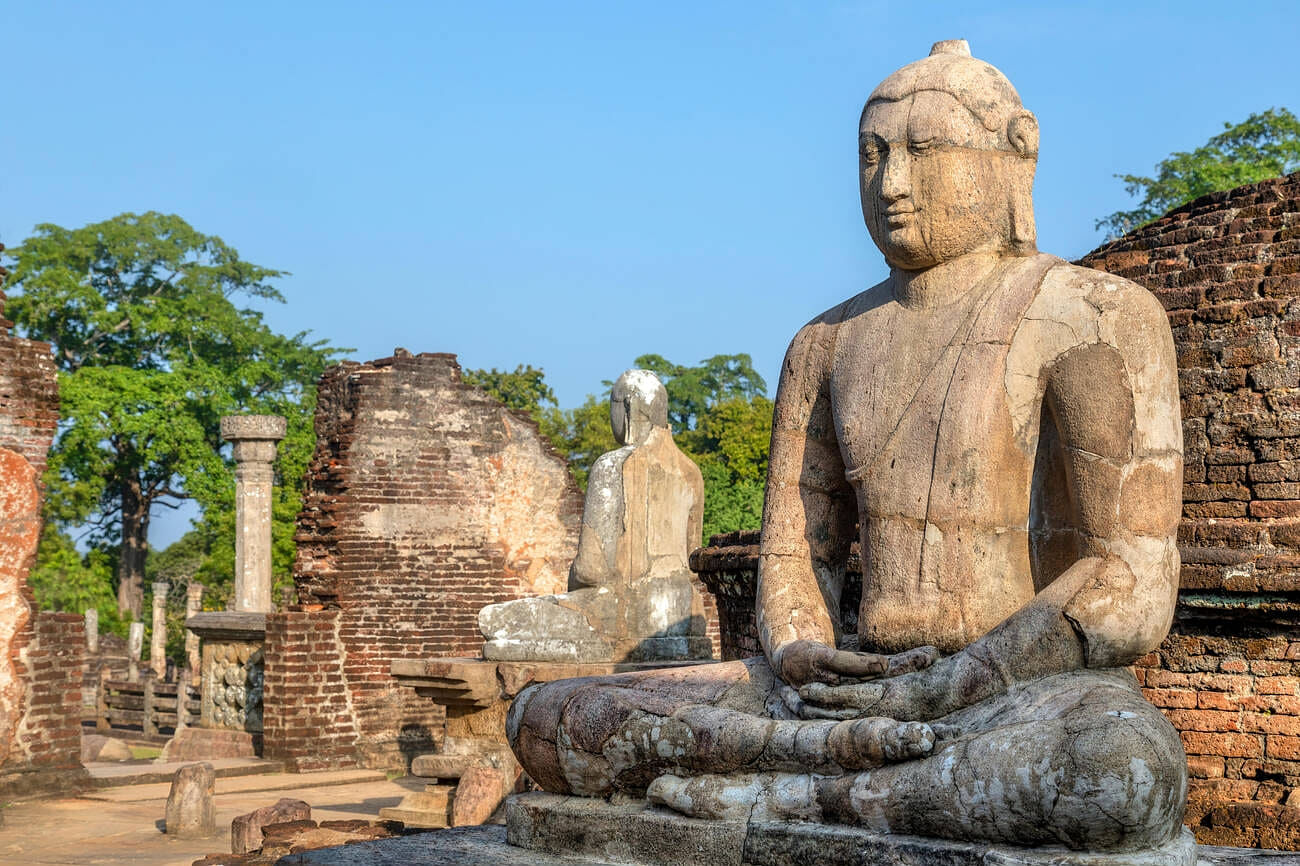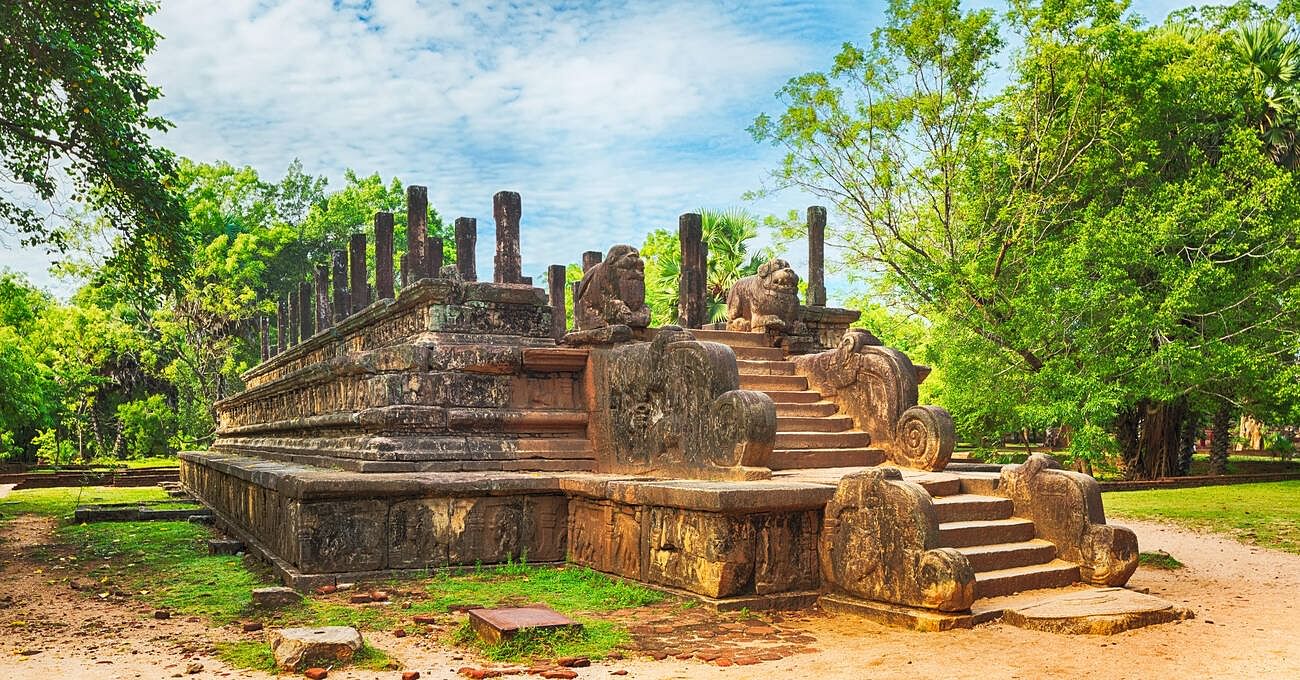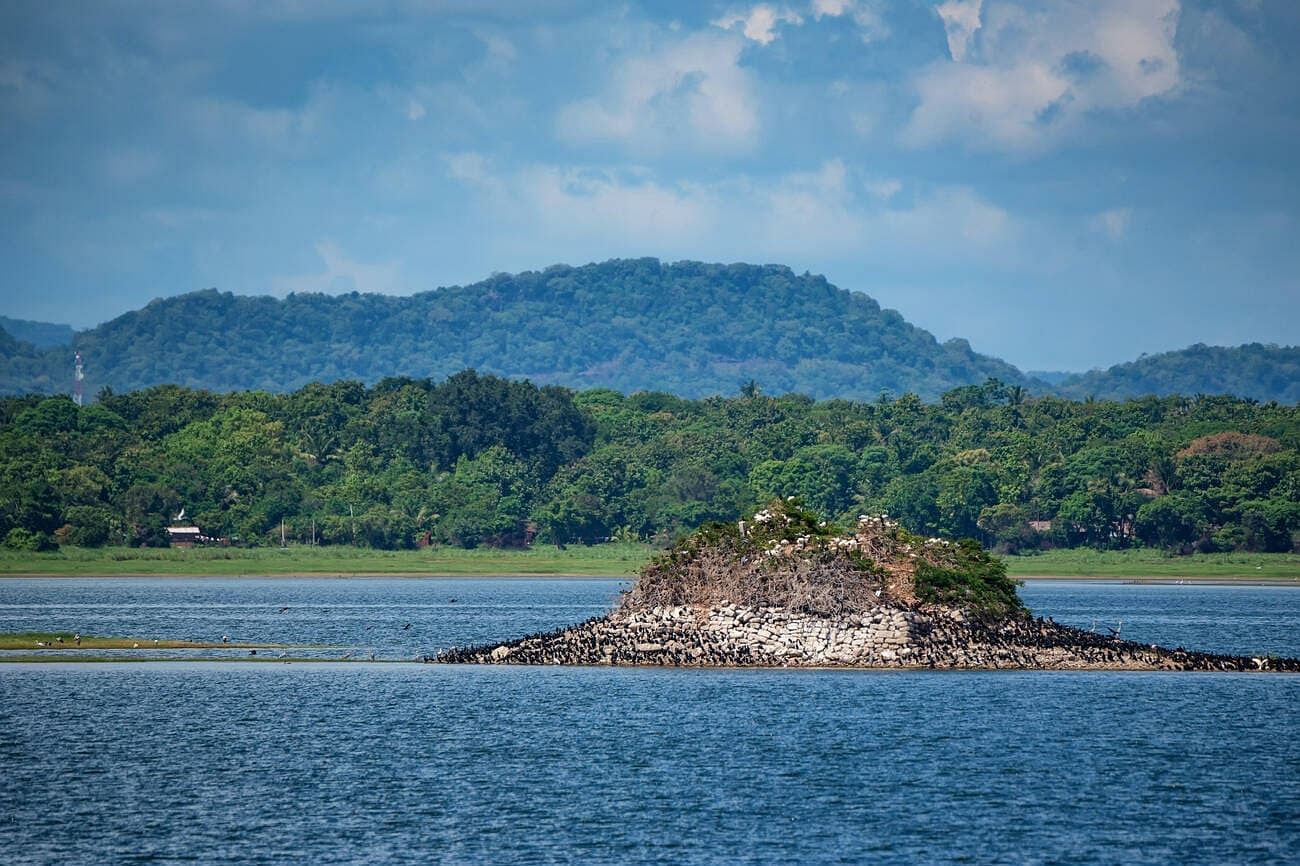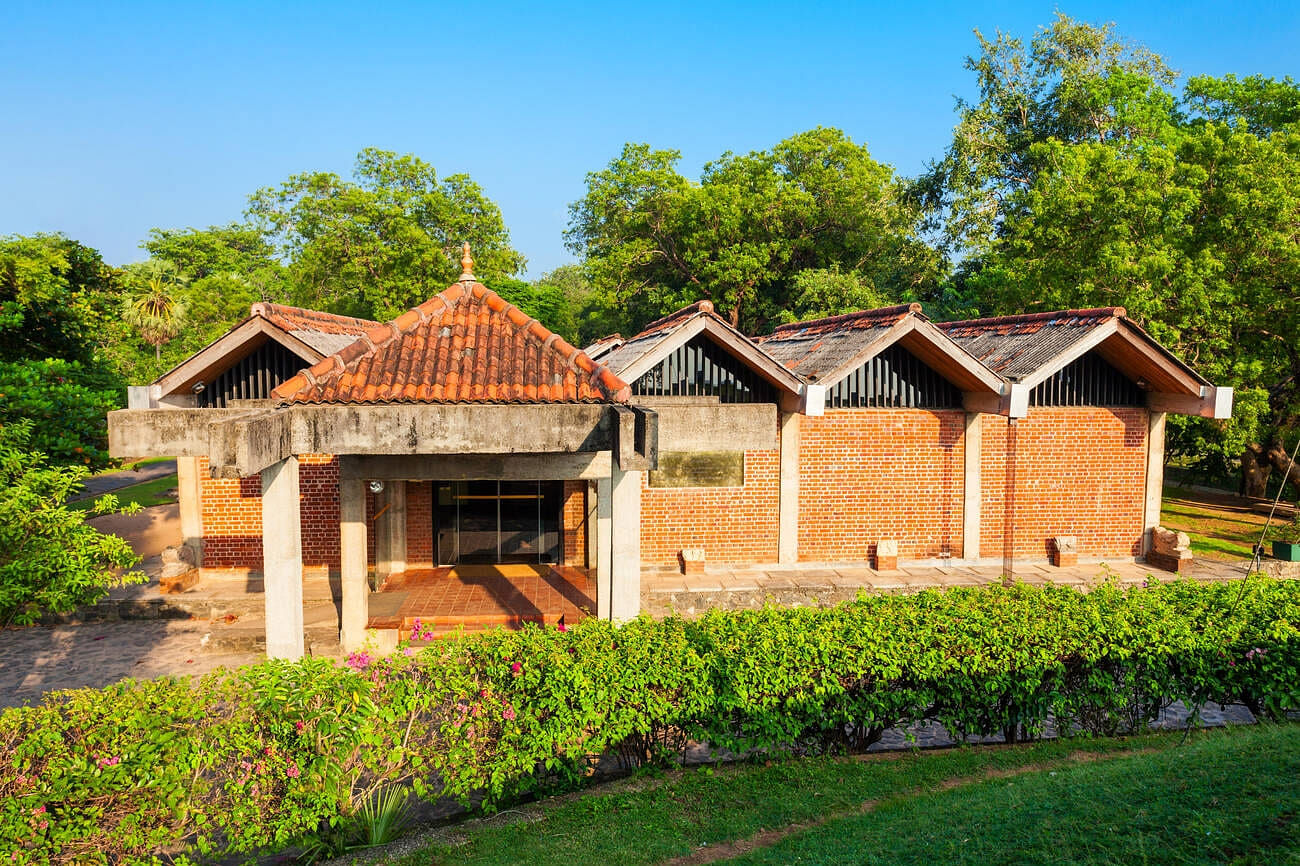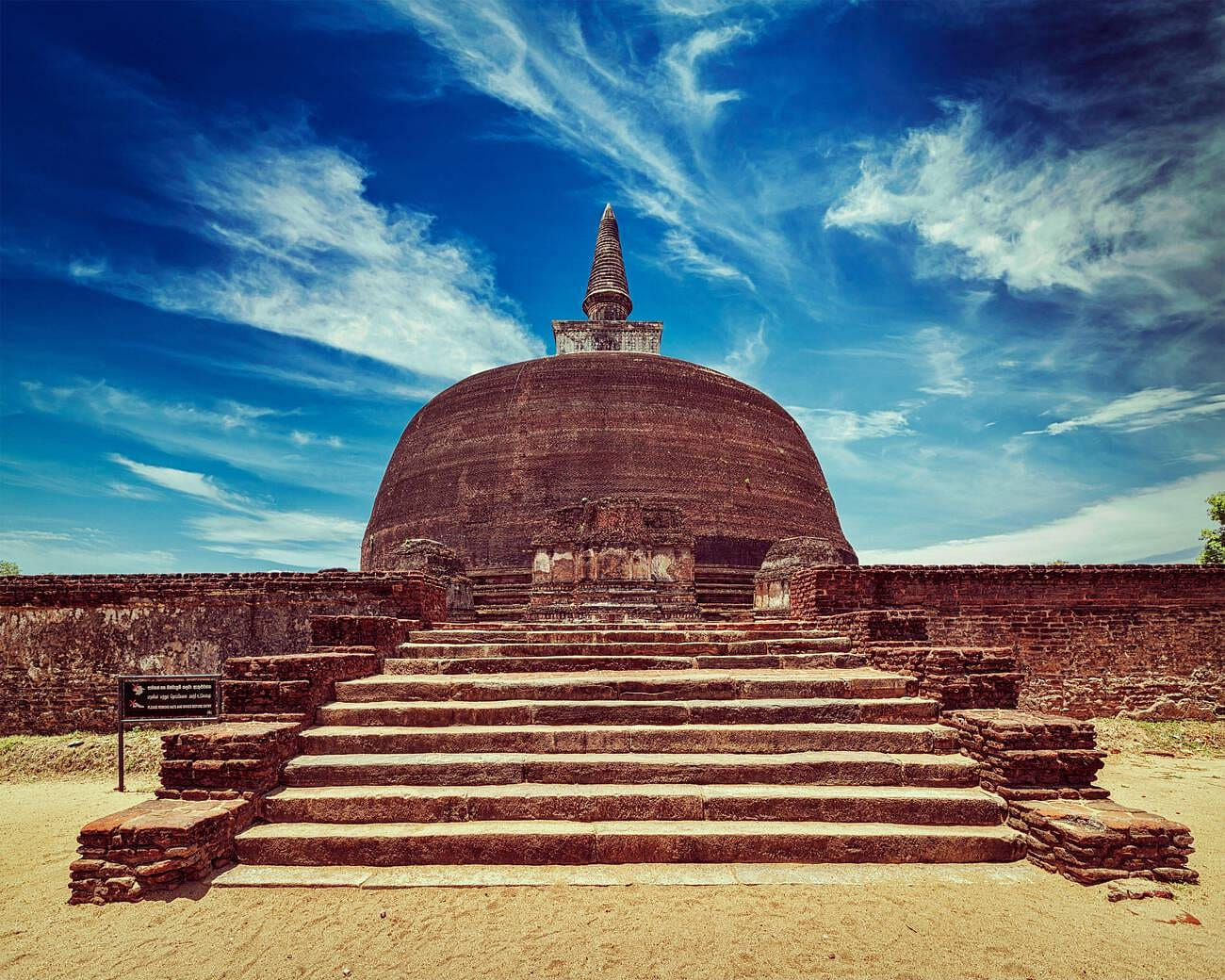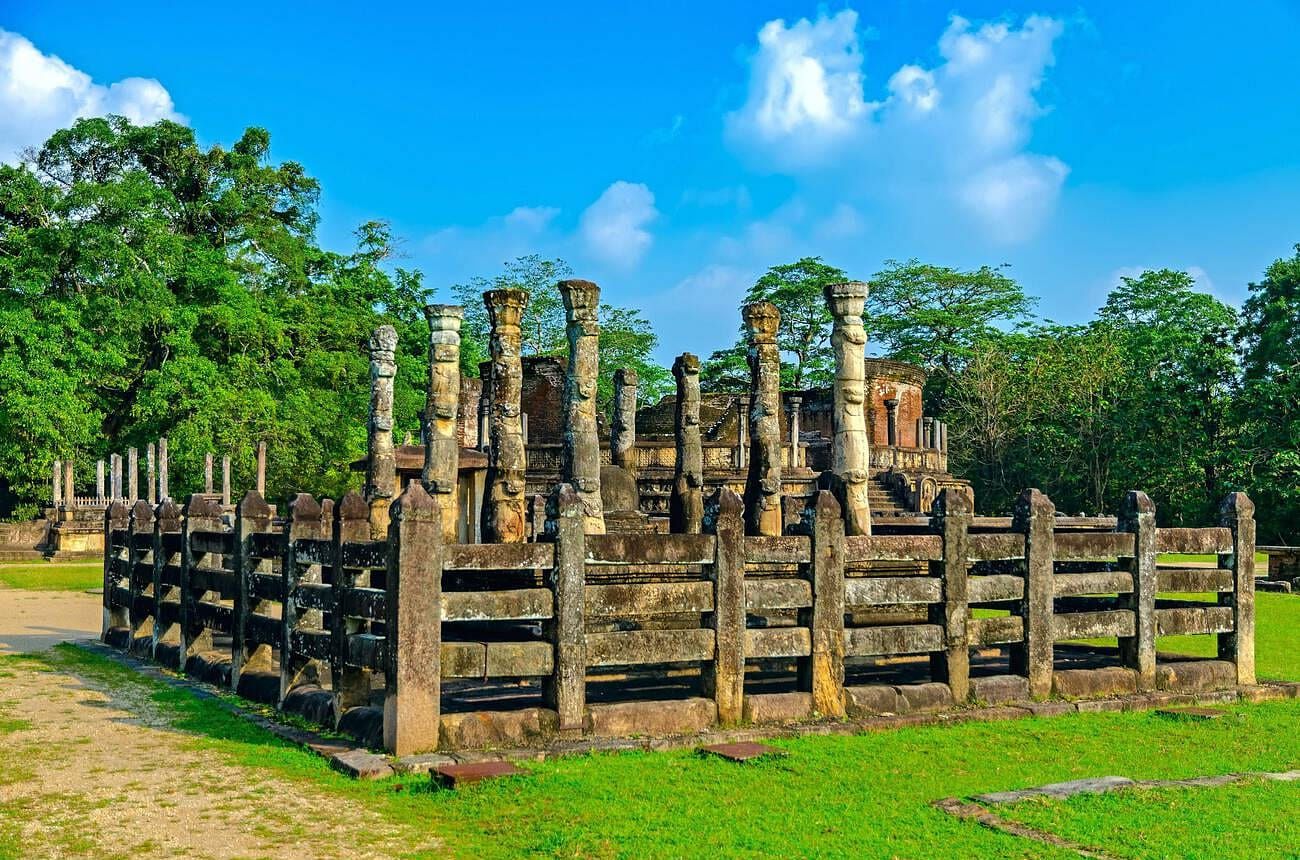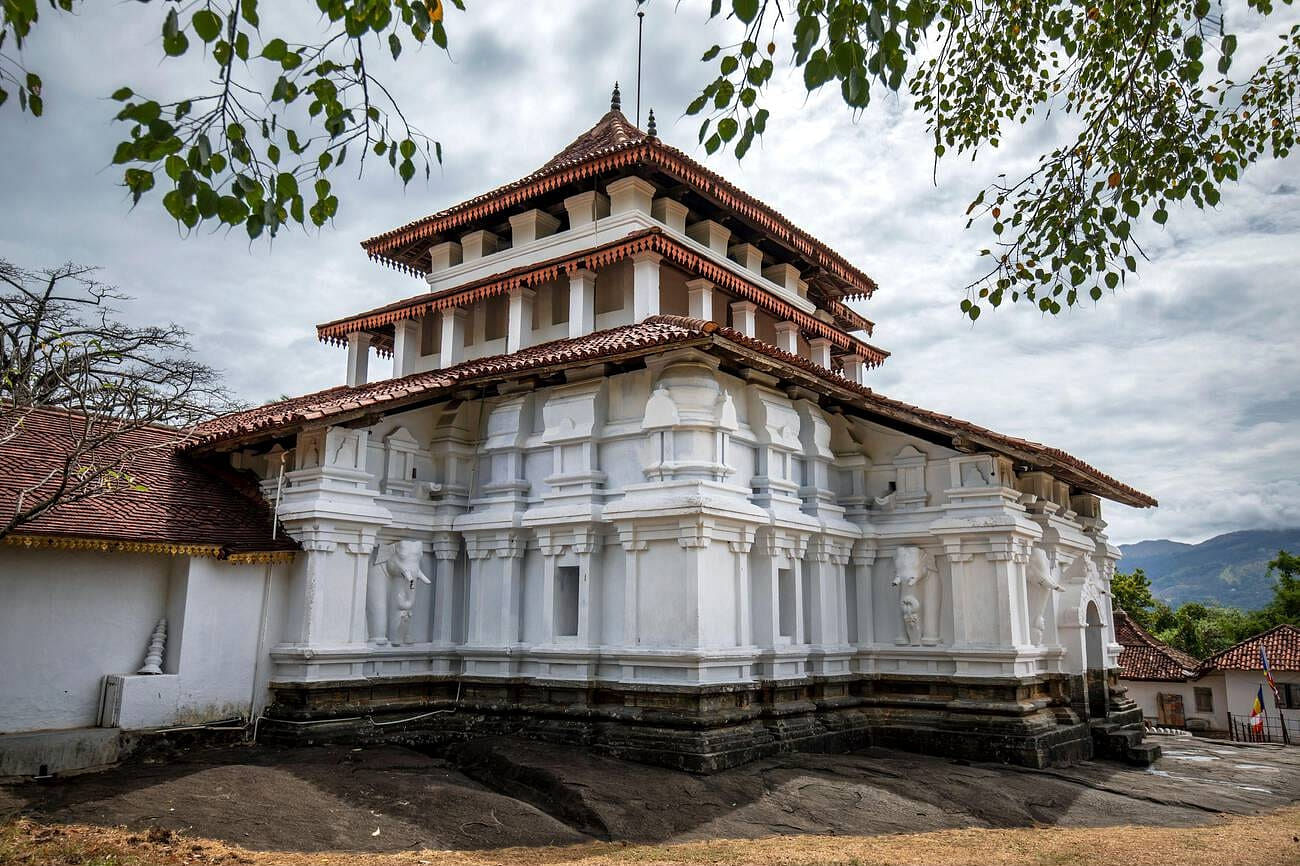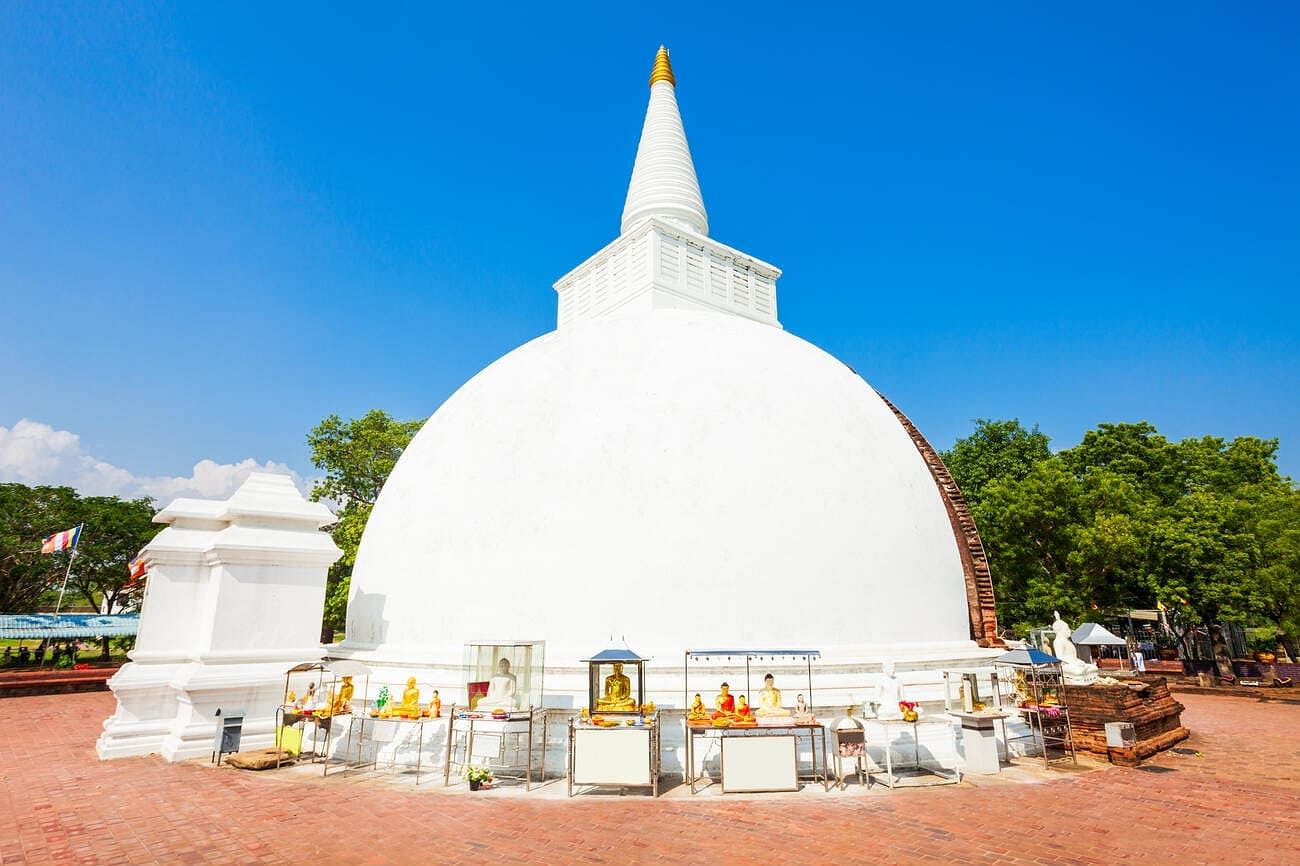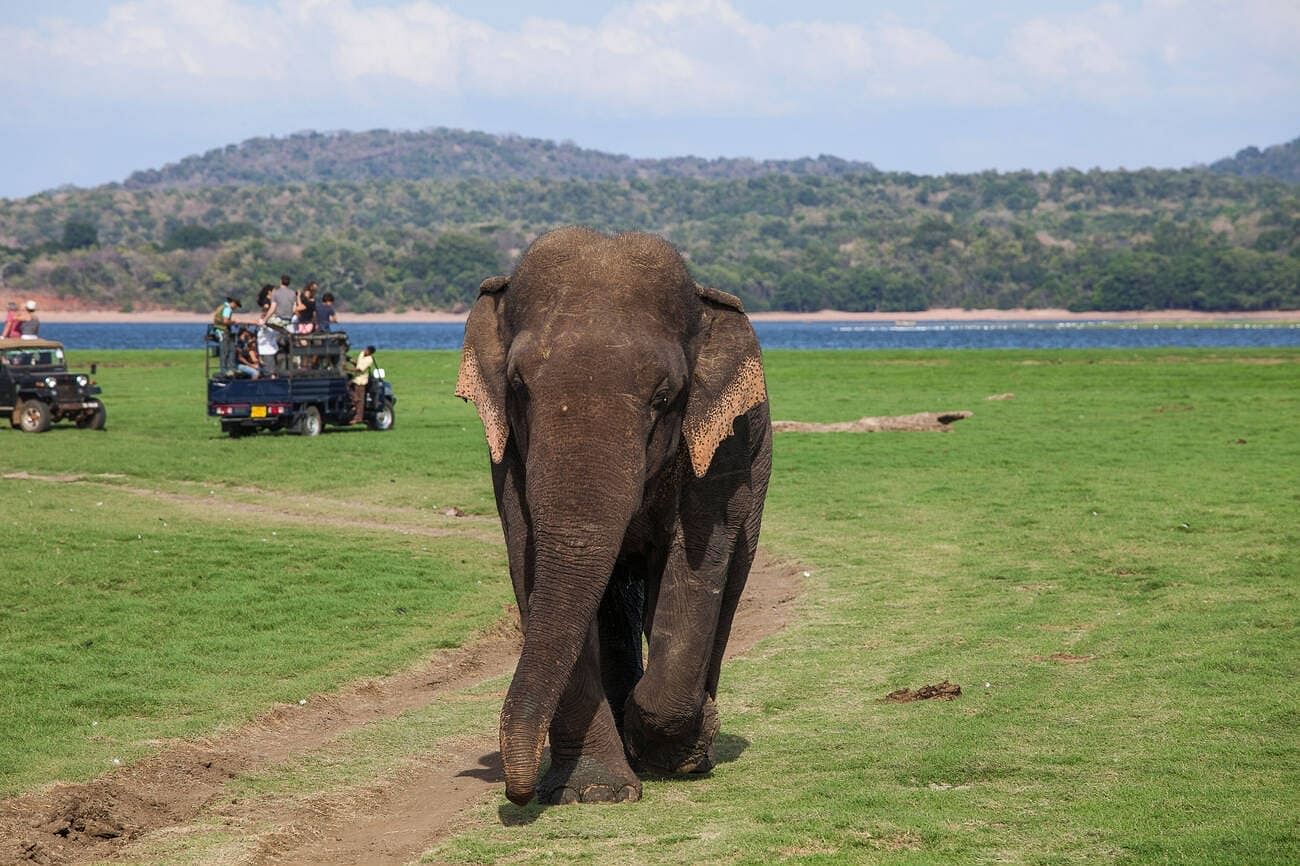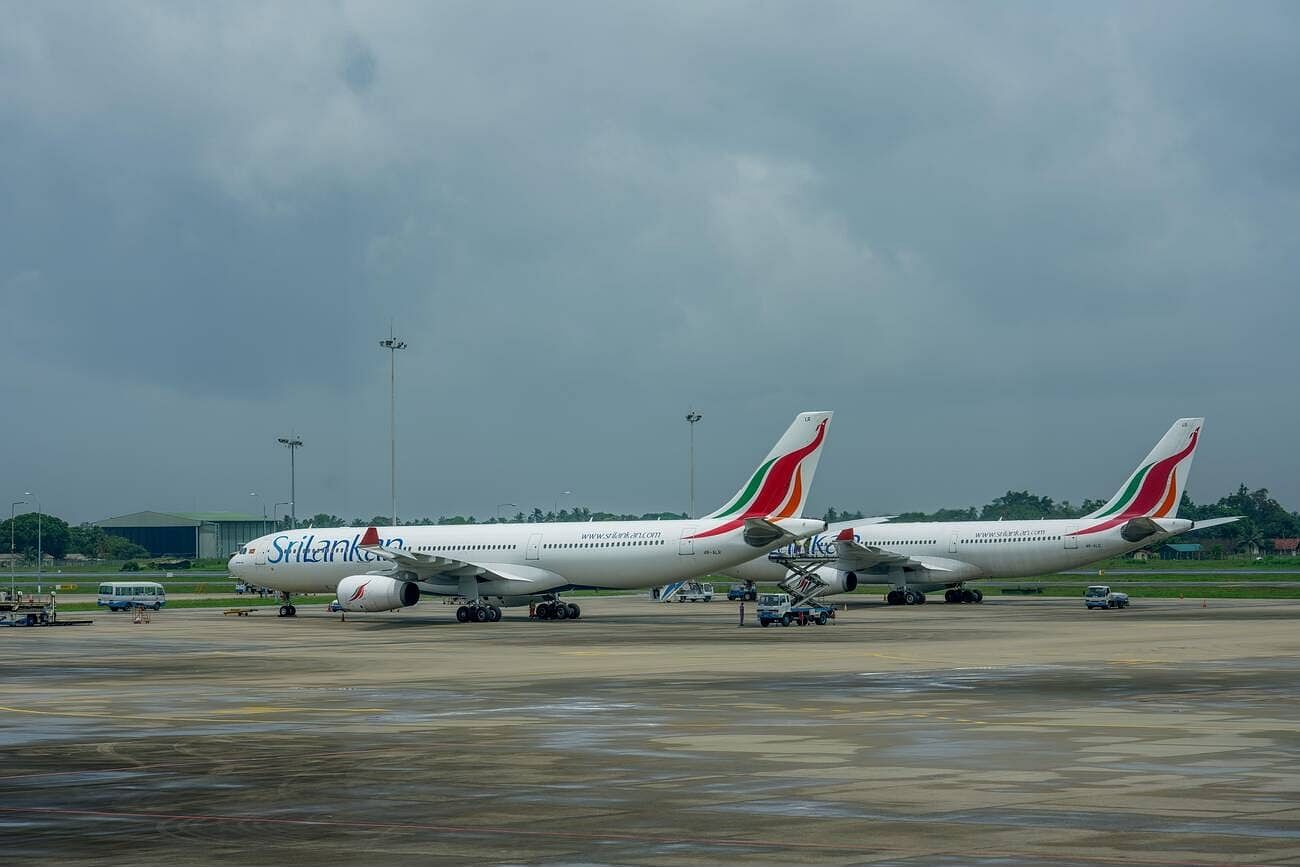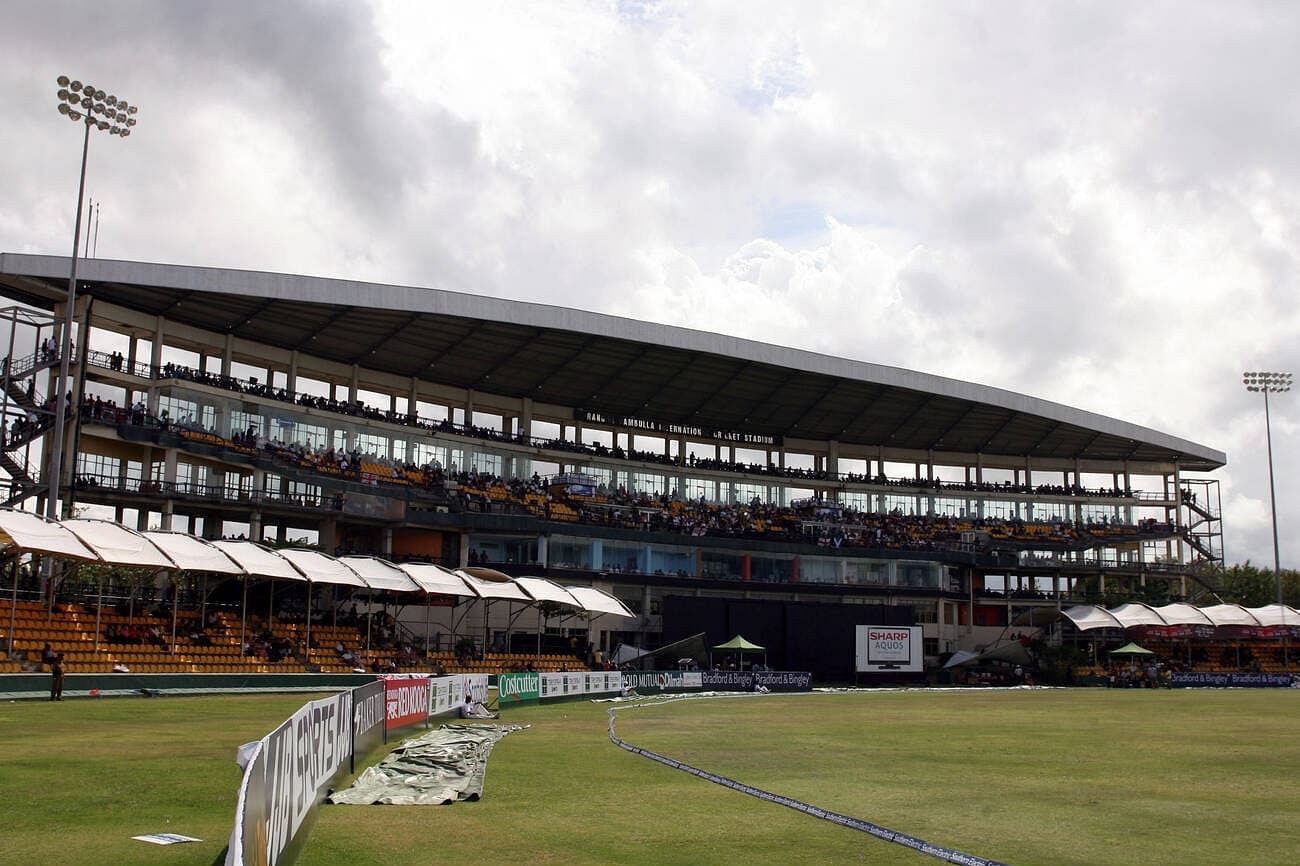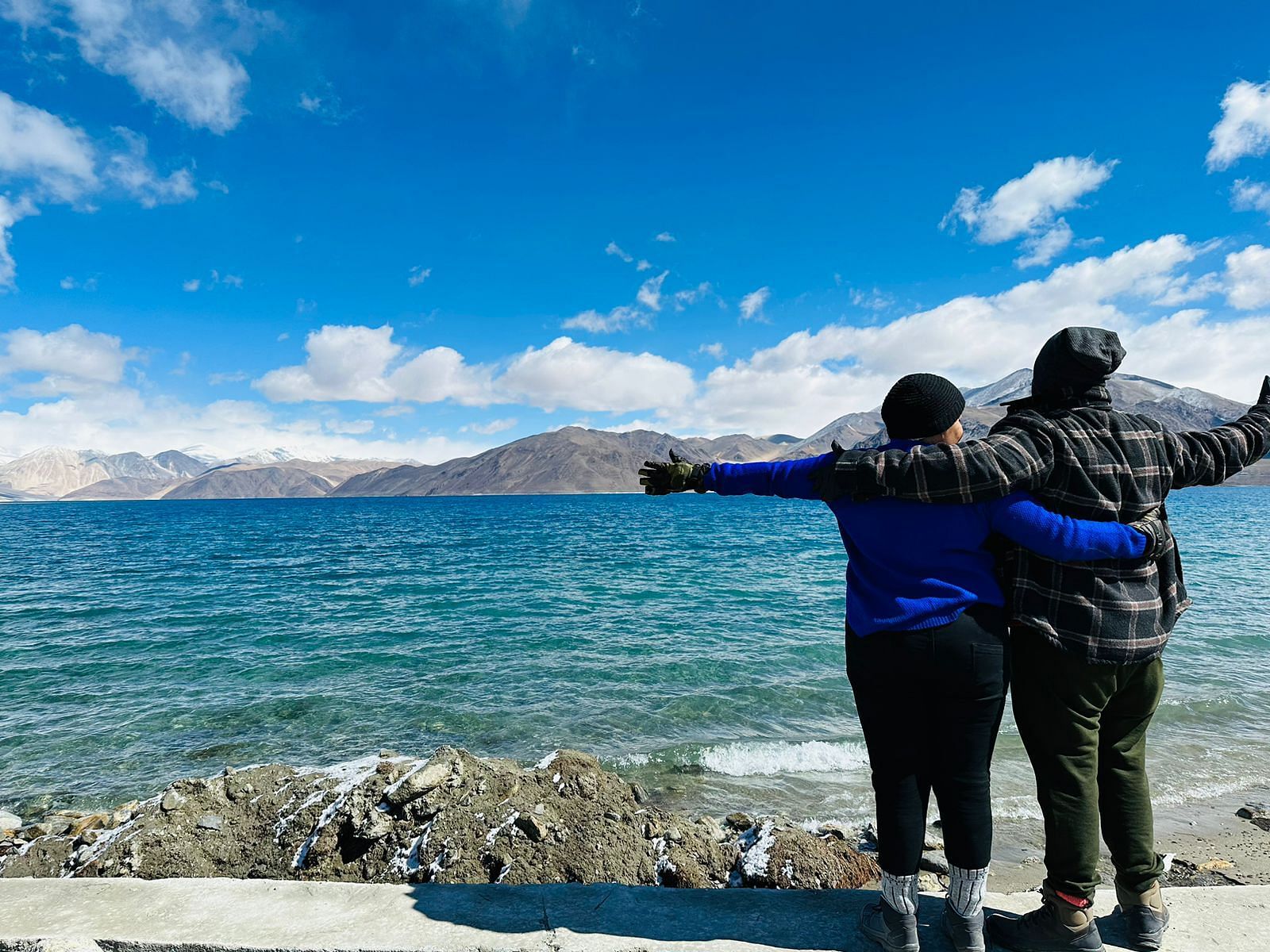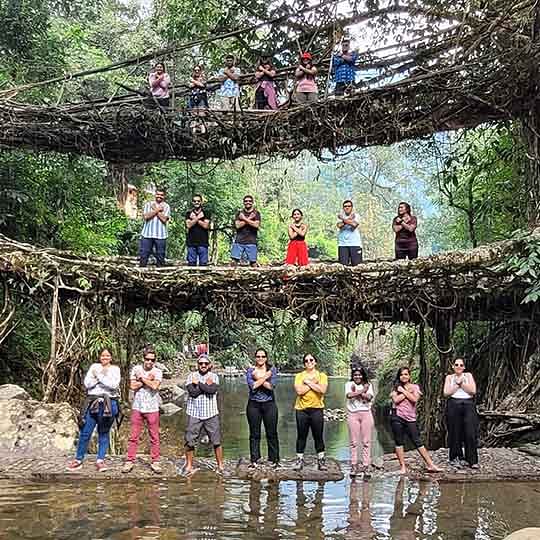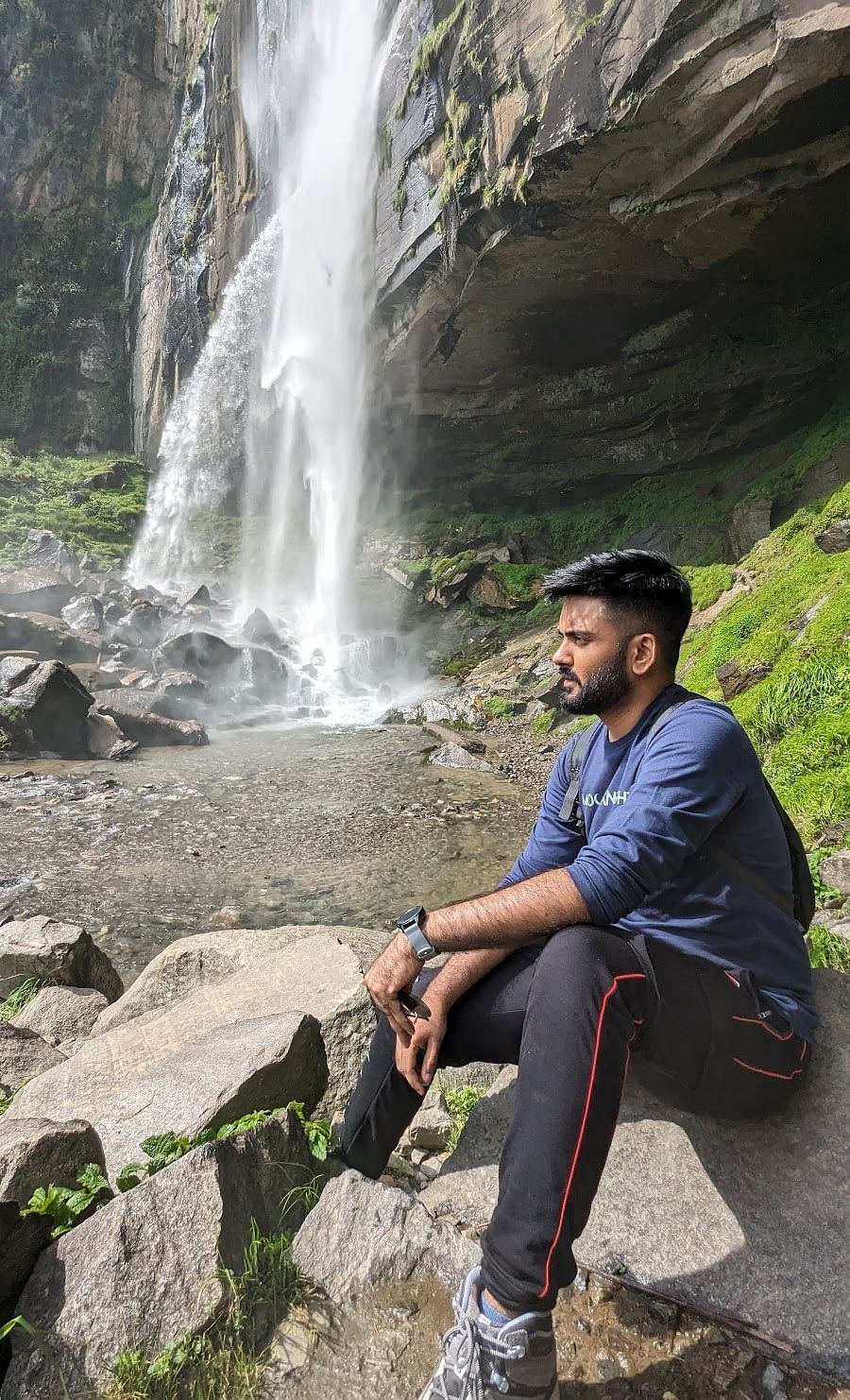Nestled amidst the lush landscapes of Sri Lanka lies Polonnaruwa, a city steeped in history and culture. As the island nation’s second oldest kingdom, Polonnaruwa boasts a rich heritage that continues to be a highlight of many Sri Lanka tour packages. Travelers from across the globe are drawn to explore the various places to visit in Polonnaruwa, from its majestic ruins to vibrant markets.
In this article, we embark on a journey to unveil these captivating reminders of the past era which makes Polonnaruwa an unforgettable place to visit in Sri Lanka.
The city of Polonnaruwa is rich in culture and history and is situated in Sri Lanka’s North Central Province. Polonnaruwa, which once flourished as the island nation’s capital, has a long and rich history.Ancient reservoirs, exquisitely carved temples, and majestic ruins are only a few of the city’s many archaeological treasures.
Explore the UNESCO World Heritage Site of the Ancient City in Polonnaruwa, which features beautifully preserved relics from the city’s historic past.
The majestic Royal Palace, the well-known Gal Vihara with its enormous Buddha sculptures, and the renowned Quadrangle with various religious buildings are among the most famous places to visit in Polonnaruwa.
Polonnaruwa has a thriving cultural scene with lively markets, traditional festivals, and delectable cuisine in addition to its historical features.
Visitors can fully engage in the local way of life by exploring bustling markets, sampling authentic Sri Lankan dishes, and engaging with friendly locals.
1 . Ancient City of Polonnaruwa
The Ancient City of Polonnaruwa stands as a witness to Sri Lanka’s rich history and cultural heritage. It served as the capital of the country from the 11th to the 13th century AD and is now a designated UNESCO World Heritage Site.This vast archaeological complex is full of well-preserved monuments, buildings, and ruins that provide an insight into the island nation’s glorious past.
Explore the Royal Palace:
One of the most well-known places to visit in Polonnaruwa. The Ancient City is King Parakramabahu I’s Royal Palace. This historic structure still has grandeur, even though it has been demolished to its foundations.
Marvel at the Gal Vihara’s Buddha Statues:
The magnificent rock-cut Buddha statues in the Gal Vihara are well-known and are among the best examples of ancient Sinhalese sculpture. The enormous standing Buddha statue, which is surrounded by two seated and one reclining figure, is the primary attraction here.
Visit the Sacred Quadrangle:
The Sacred Quadrangle, also known as the Dalada Maluwa, is a sacred precinct within the Ancient City that houses several important religious structures.
These include the Hatadage (relic shrine), the Vatadage (stupa house), and the Atadage (tooth relic shrine). Exploring this area offers insights into the spiritual significance and architectural brilliance of ancient Sri Lankan civilization.
Wander through the Ruins of Ancient Temples and Monasteries:
The Ancient City is dotted with numerous temples, monasteries, and other religious sites, each with its own unique history and architectural style.
Visitors can wander through the ruins of these ancient structures, marveling at the intricately carved stone pillars, decorative motifs, and ornate entrances that characterize the ancient architecture of various Buddhist temples in Sri Lanka.
Parakrama Samudra, meaning “Sea of Parakrama” in Sinhala, is a vast reservoir located in the heart of Polonnaruwa and is one of the most beautiful places to visit in Polonnaruwa.Constructed in the 12th century by King Parakramabahu I, this artificial lake served as a vital irrigation system for the surrounding agricultural lands and played a crucial role in the prosperity of the ancient city.
Enjoy a Leisurely Walk:
Taking a stroll along the banks of Parakrama Samudra is one of the greatest ways to soak in the serene beauty of the area. The reservoir is surrounded by dense vegetation, and there are walking paths that provide breathtaking views of the distant horizon and the sparkling waters.
Witness a Stunning Sunset:
Parakrama Samudra is well-known for its magnificent sunsets, which give the serene waters and the surrounding area a golden tint. In the evening, people may gather along the reservoir’s banks to see this amazing natural event.
Embark on a Boat Ride:
If you want a more holistic experience, consider going across Parakrama Samudra on a boat. Visitors can explore the vast span of the reservoir with the help of local boat operators who offer guided trips.
Picnic by the Lake:
Parakrama Samudra is ideal for a relaxing picnic amidst nature’s splendor. Pack a picnic basket with delicious snacks and refreshments, spread out a blanket by the lakeside, and enjoy a leisurely meal with family and friends.
Capture Memories:
With its scenic beauty and picturesque surroundings, Parakrama Samudra offers endless opportunities for photography enthusiasts to capture stunning shots which is one of the most spectacular things to do in Sri Lanka
3. Polonnaruwa Archaeological Museum
Situated near the entrance to the Ancient City of Polonnaruwa, the Polonnaruwa Archaeological Museum serves as a gateway to understanding the rich history and cultural heritage of the region. Housed within a modern building, the museum showcases a diverse collection of artifacts, sculptures, and exhibits that span several centuries, offering visitors a fascinating glimpse into the ancient civilization that once thrived in this area.
Discover Artifacts and Sculptures:
The museum’s main attraction lies in its extensive collection of artifacts and sculptures that have been unearthed from archaeological excavations conducted in and around Polonnaruwa.
Explore Exhibits on History and Culture:
The museum features a series of exhibits that provide context and interpretation for the artifacts on display making it one of the most historical places to visit in Polonnaruwa.
Gain Insights from Educational Programs:
The museum offers educational programs and guided tours for visitors of all ages, providing opportunities to learn from knowledgeable museum staff and experts in the field of archaeology.
Appreciate the Modern Facilities:
In addition to its impressive collection of artifacts and exhibits, the Polonnaruwa Archaeological Museum boasts modern facilities, including multimedia installations, audio guides, and visitor amenities such as a gift shop and café.
Rankot Vihara is a magnificent stupa located within the Ancient City of Polonnaruwa, Sri Lanka. Dating back to the 12th century, it is the largest stupa in Polonnaruwa and one of the most impressive monuments in the region. The term “Rankot Vihara” means “Golden Pinnacle Temple,” an appropriate title for this imposing building that was formerly used as a place of prayer and meditation by Buddhist monks and followers.
Climb to the Top:
The chance to ascend to the summit of the stupa is one of Rankot Vihara’s primary attractions. Visitors are rewarded with breathtaking panoramic views of the surrounding countryside as they mount the short stairway that goes around the exterior of the tower.
Explore the Tranquil Surroundings:
In addition to its impressive size and architectural grandeur, Rankot Vihara is set amidst serene surroundings and is one of the most revered temples in Sri Lanka.
Photography:
Rankot Vihara provides endless opportunities for photography enthusiasts to capture stunning shots of its majestic structure and is one of the most picturesque places to visit in Polonnaruwa.
Learn About the History:
As you explore Rankot Vihara, take some time to learn about its fascinating history and significance. Built during the reign of King Nissanka Malla in the 12th century, the stupa is believed to have served as a place of worship and pilgrimage for Buddhist monks and devotees.
5 . Nissanka Latha Mandapaya
A unique architectural wonder, the Nissanka Latha Mandapaya is situated in Sri Lanka’s Ancient City of Polonnaruwa.Built in the twelfth century under the rule of King Nissanka Malla, this pavilion showcases the artistic and technical abilities of the former Sinhalese culture. Because of the elaborate carvings on its stone pillars, the term “Latha Mandapaya” means “pavilion with grapevine patterns.”
Admire the Unique Architecture:
The most striking feature of the Nissanka Latha Mandapaya is its exquisite architecture, characterized by intricately carved stone pillars and a lotus-shaped stone platform. The pavilion is supported by a series of slender columns, each adorned with intricate floral and geometric motifs.
Study the Symbolism:
Beyond its aesthetic appeal, the Nissanka Latha Mandapaya is imbued with symbolism and religious significance. The lotus-shaped platform at its center represents purity and enlightenment in Buddhist iconography, while the intricate carvings on the pillars depict scenes from Buddhist mythology and the natural world.
Reflect and Meditate:
The tranquil ambiance of the Nissanka Latha Mandapaya makes it an ideal spot for quiet reflection and meditation. Visitors can sit beneath the pavilion’s shade, surrounded by the soothing sound of rustling leaves and the gentle breeze at one of the quietest places to visit in Polonnaruwa.
The Lankatilaka Temple is a must-see among the many places to visit in Polonnaruwa. A splendid example of ancient Sinhalese architecture, it stands tall within the Ancient City of Sri Lanka. Built during the reign of King Parakramabahu the Great (1153-1186 AD), this majestic temple is a testament to the cultural and artistic achievements of the Polonnaruwa Kingdom.
The name “Lankatilaka” itself translates to “The Shining Temple of Lanka,” reflecting the grandeur and significance of this historic site.
Marvel at the Architecture:
The Lankatilaka Temple is renowned for its architectural grandeur, characterized by its towering brick walls, intricate carvings, and impressive design.
Admire the Giant Buddha Statue:
One of the highlights of the Lankatilaka Temple is the massive standing Buddha statue housed within its main shrine.
Carved out of solid rock, this towering statue is believed to have been originally covered in gold leaf, radiating a sense of serenity and majesty.
Explore the Inner Chambers:
The interior of the Lankatilaka Temple features a series of inner chambers and sanctuaries, each adorned with intricate carvings and religious icons.
Appreciate the Surrounding Gardens:
Surrounding the Lankatilaka Temple are beautifully landscaped gardens, dotted with ancient trees and flowering plants.
Somawathiya Chaitya is a revered Buddhist stupa located on the outskirts of Polonnaruwa, Sri Lanka. This sacred site holds great religious significance for Buddhists, as it is believed to enshrine relics of Lord Buddha, making it one of the most venerated pilgrimage sites in the country. Surrounded by lush forest and serene natural beauty, Somawathiya Chaitya offers visitors a tranquil and spiritually uplifting experience and is another must-see among the many places to visit in Polonnaruwa.
Pay Homage and Offer Devotions:
The primary activity at Somawathiya Chaitya is paying homage to the stupa and offering devotions. Visitors can participate in rituals such as offering flowers, lighting oil lamps, and chanting prayers, fostering a sense of spiritual connection and inner peace.
Circumambulate the Stupa:
A common practice at Buddhist stupas is circumambulation, which involves walking around the stupa in a clockwise direction as a form of reverence and devotion.
Experience the Serenity of the Surrounding Forest:
Nestled amidst a tranquil forest setting, Somawathiya Chaitya offers visitors the opportunity to connect with nature and experience a sense of serenity and tranquility.
Attend Religious Ceremonies and Festivals:
Attending the festivals in Sri Lanka adds an enriching dimension to the pilgrimage experience, allowing visitors to immerse themselves in the local traditions and customs.
8. Minneriya National Park
Minneriya National Park is a captivating wilderness sanctuary located in the North Central Province of Sri Lanka, approximately 25 kilometers from Polonnaruwa.Encompassing an area of over 8,800 hectares, the park is renowned for its rich biodiversity, stunning landscapes, and, most notably, its large gatherings of Asian elephants and is one of the most visited National Parks in Sri Lanka.
Asian Elephant Gathering:
The highlight of Minneriya National Park is undoubtedly the “Gathering” of Asian elephants that occurs during the dry season, typically between June and September.
During this time, herds of elephants migrate to the park in search of water and food, flocking around the picturesque Minneriya Tank making it one of the most interesting places to visit in Polonnaruwa.
Safari Tours:
The most popular activity in Minneriya National Park is embarking on a thrilling safari adventure. Experienced safari guides lead visitors on guided jeep safaris through the park, offering opportunities to observe wildlife in their natural habitat and witness the spectacular elephant gatherings.
Cultural and Historical Sites:
In addition to its natural attractions, Minneriya National Park boasts a rich cultural and historical heritage. The park is home to ancient ruins, including remnants of a 3rd-century BC reservoir known as the “Minneriya Tank,” which was built by King Mahasen to irrigate surrounding farmlands.
Best time to visit Polonnaruwa
Polonnaruwa experiences a tropical climate with distinct wet and dry seasons. The dry season, which lasts from May to September, is generally considered the best time to explore the various places to visit in Polonnaruwa.During this period, you can expect sunny weather and minimal rainfall, making it ideal for outdoor activities such as exploring the ancient ruins, wildlife safaris, and nature walks.
Polonnaruwa tends to be busiest during the dry season, especially during the peak months of June to August when tourist arrivals are high due to the elephant gatherings. If you prefer to avoid crowds and enjoy a more peaceful experience, consider visiting during the shoulder seasons of April to May or September to October
The Poson Poya Festival in June, which commemorates the introduction of Buddhism to Sri Lanka, is particularly significant and draws pilgrims and visitors from across the country to explore the various places to visit in Polonnaruwa.
The nearest international airport to Polonnaruwa is Bandaranaike International Airport (CMB) in Colombo, Sri Lanka’s capital city. From the airport, you can choose from the following options:Domestic Flight: There are no direct domestic flights to Polonnaruwa, but you can take a domestic flight to Sigiriya Airport (GIU), which is about a 1.5-hour drive from Polonnaruwa. From Sigiriya, you can arrange for a taxi or private transfer to reach the various places to visit in Polonnaruwa.
Private Transfer: Many hotels and tour operators offer private transfer services from Bandaranaike International Airport to Polonnaruwa. You can pre-book a private car or van for a comfortable and convenient journey to your destination.
By Train:
While there is no direct train to Polonnaruwa, you can take a train to the nearby town of Habarana, which is about 40 kilometers away. From Habarana, you can easily arrange for a taxi or tuk-tuk to reach Polonnaruwa.
Renting a car or hiring a private driver is another popular option for reaching Polonnaruwa. The journey from Colombo to Polonnaruwa by car takes approximately 4-5 hours and further an hour to explore the various places to visit in Polonnaruwa.
No visit to Polonnaruwa is complete without exploring its bustling markets and vibrant shopping districts. The city offers a diverse range of shopping experiences in Sri Lanka, from traditional street markets to modern shopping malls. Polonnaruwa Market: Dive into the heart of local culture at Polonnaruwa Market, where vendors sell everything from fresh produce to handmade crafts. Sample exotic fruits, spices, and street food.
Sath Market: For a more authentic shopping experience, head to Sath Market, known for its array of handicrafts and souvenirs. Browse through intricately carved wooden sculptures, handwoven textiles, and traditional Sri Lankan artifacts.
Rangiri Dambulla International Stadium: Located just a short drive from Polonnaruwa, Rangiri Dambulla International Stadium hosts regular cricket matches and sporting events and is one of the most popular places to visit in Polonnaruwa for cricket lovers.
Culinary Delights: Indulge your taste buds with a culinary adventure through Polonnaruwa, sampling traditional Sri Lankan cuisine at local eateries and street food stalls. Don’t miss out on specialties like kottu roti, hoppers, and fiery curries, paired with refreshing king coconut water or a glass of authentic Ceylon tea at the local markets.
Polonnaruwa stands as a testament to Sri Lanka’s rich cultural heritage, offering visitors a glimpse into its storied past and vibrant present through the various places to visit in Polonnaruwa.
Whether you’re exploring ancient ruins, shopping for souvenirs, or savoring local cuisine, a visit to Polonnaruwa promises an unforgettable experience that will leave you captivated by the charm of this historic city.




